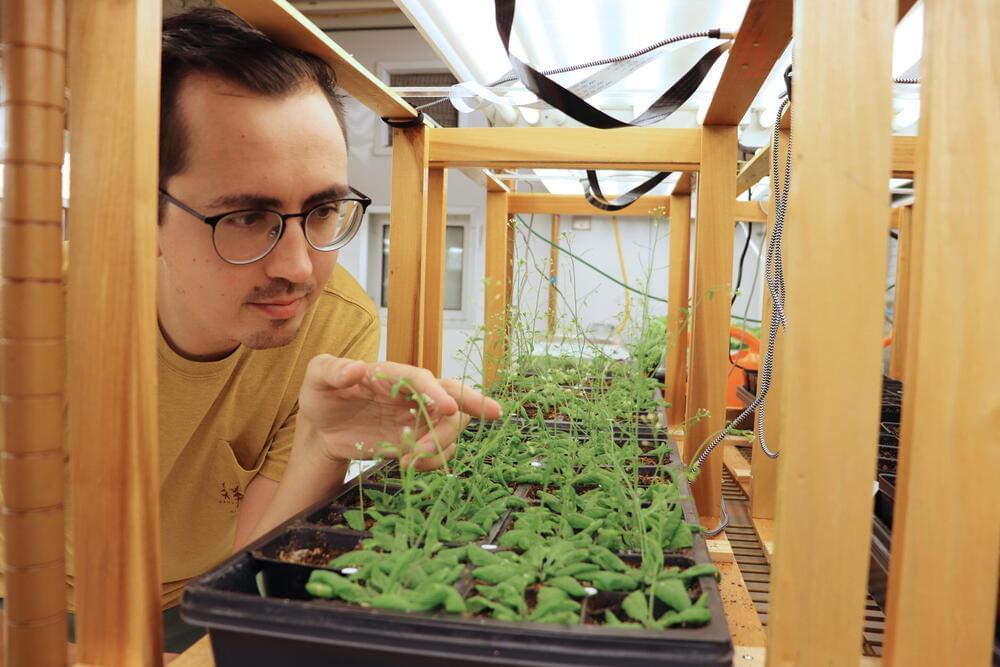
Get the latest international news and world events from around the world.



Avalanche Energy Funded to Developing Lunchbox Sized Micro Fusion Reactors
Avalanche is a VC-backed, fusion energy start-up based in Seattle, WA. They are designing, testing and building micro-fusion reactors that you can hold in your hand. Their modular reactor design can be stacked for endless power applications and unprecedented energy density to provide clean energy and decarbonize the planet.
Avalanche is developing a 5kWe power pack called the “Orbitron” in a form-factor the size of a lunch pail. The unique physics of the Orbitron allows for its compact size which is a key enabler for development, scaling, and a wide variety of applications. Avalanche Energy uses electrostatic fields to trap fusion ions and also uses a magnetron electron confinement to reach higher ion densities. The resulting fusion reaction produces neutrons that can be transformed into heat.
The magnetron is a variation of a component in regular microwave ovens and the electrostatic base technology is a derivative of a product available from ThermoFisher Scientific, which is widely deployed for use in commercial mass spectrometry. They are taking two devices that exist already, things you can buy commercially for various applications. They are putting them together in a new interesting way at much higher voltages” to build a “recirculating beam fusion” prototype.

Mechanochemical breakthrough unlocks cheap, safe, powdered hydrogen
Australian scientists say they’ve made a “eureka moment” breakthrough in gas separation and storage that could radically reduce energy use in the petrochemical industry, while making hydrogen much easier and safer to store and transport in a powder.
Nanotechnology researchers, based at Deakin University’s Institute for Frontier Materials, claim to have found a super-efficient way to mechanochemically trap and hold gases in powders, with potentially enormous and wide-ranging industrial implications.
Mechanochemistry is a relatively recently coined term, referring to chemical reactions that are triggered by mechanical forces as opposed to heat, light, or electric potential differences. In this case, the mechanical force is supplied by ball milling – a low-energy grinding process in which a cylinder containing steel balls is rotated such that the balls roll up the side, then drop back down again, crushing and rolling over the material inside.

World’s First Circumnavigation By Solar Powered Ship a Success
Circa 2012
At 2:12 PM local time today, the MS *Tûranor *entered Monaco’s Hercule Harbor, becoming the first ship to travel around the world using only solar power.
It’s the same harbor where the *Tûranor *set out from more than 19 months and 37,286 miles ago. Since then, the ship has made port in six continents, fended off pirates and broke four Guinness world records, including longest journey by solar powered boat and first circumnavigation by solar powered boat.
For the team behind the *Tûranor, *the work has just started. They’ve spent more than a year and a half preaching the solar gospel at stops around the world, and their passion for the power of the sun hasn’t dimmed one bit.

Goodbye, Oil: US Navy Cracks New Renewable Energy Technology To Turn Seawater Into Fuel, Allowing Ships To Stay At Sea Longer
Circa 2014
After decades of experiments, U.S. Navy scientists believe they may have solved one of the world’s great challenges: how to turn seawater into fuel.
The development of a liquid hydrocarbon fuel could one day relieve the military’s dependence on oil-based fuels and is being heralded as a “game changer” because it could allow military ships to develop their own fuel and stay operational 100 percent of the time, rather than having to refuel at sea.
The new fuel is initially expected to cost around $3 to $6 per gallon, according to the U.S. Naval Research Laboratory, which has already flown a model aircraft on it.


The missing links: Finding function in lincRNAs
Genomes contain regions between protein-coding genes that produce lengthy RNA molecules that never give rise to a protein. These long intergenic non-coding RNAs (lincRNAs) are thought to have important functions, such as regulating responses to environmental change. However, a paucity of well-annotated lincRNA data, especially for crop plants, has precluded a deeper understanding of their roles.
Up until now, there have been no systematic genome-wide studies that both confirmed DNA sequences that produce lincRNAs and proposed functions for those lincRNAs. Plus, data are reported differently across studies, making direct comparisons among them difficult.
These barriers inspired researchers at the Boyce Thompson Institute to take a comprehensive look at the identity, production and function of lincRNAs in four species in the mustard family, including the model organism Arabidopsis thaliana, and Brassica rapa, a species that produces boy choy, turnips and other food crops.

Astronomers Discover A Water Reservoir Floating In Space That Is Equivalent To 140 Trillion Times All The Water In The Earth’s Ocean
There is a reserve of water the size of 140 trillion oceans lurking in a faraway supermassive black hole, the universe’s largest deposit of water and 4,000 times the amount found in the Milky Way.
This amount of water was discovered by two teams of astronomers 12 billion light-years away, where it appears as vapor dispersed across hundreds of light-years.
The reservoir was discovered in a quasar’s gaseous area, which is a brilliant compact region in the heart of a galaxy powered by a black hole. This finding demonstrates that water may be present throughout the cosmos, even at the start.

A Beginner’s Guide to Quantum Programming
Researchers at the SketchX, University of Surrey have recently developed a meta learning-based model that allows users to retrieve images of specific items simply by sketching them on a tablet, smartphone, or on other smart devices. This framework was outlined in a paper set to be presented at the European Conference on Computer Vision (ECCV), one of the top three flagship computer vision conferences along with CVPR and ICCV.